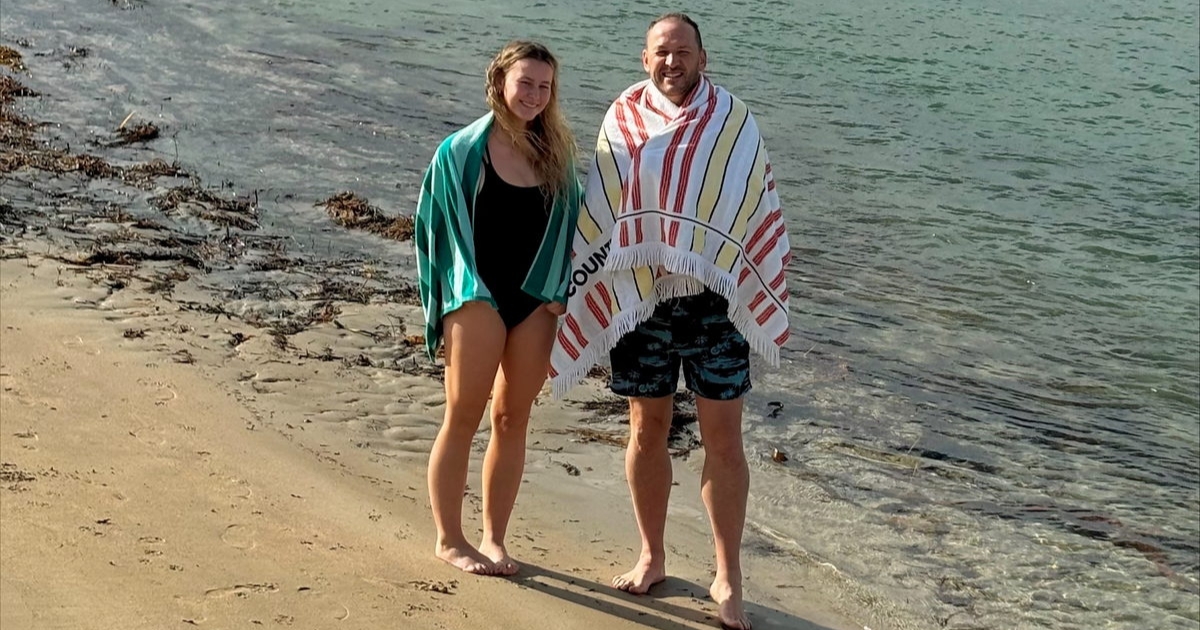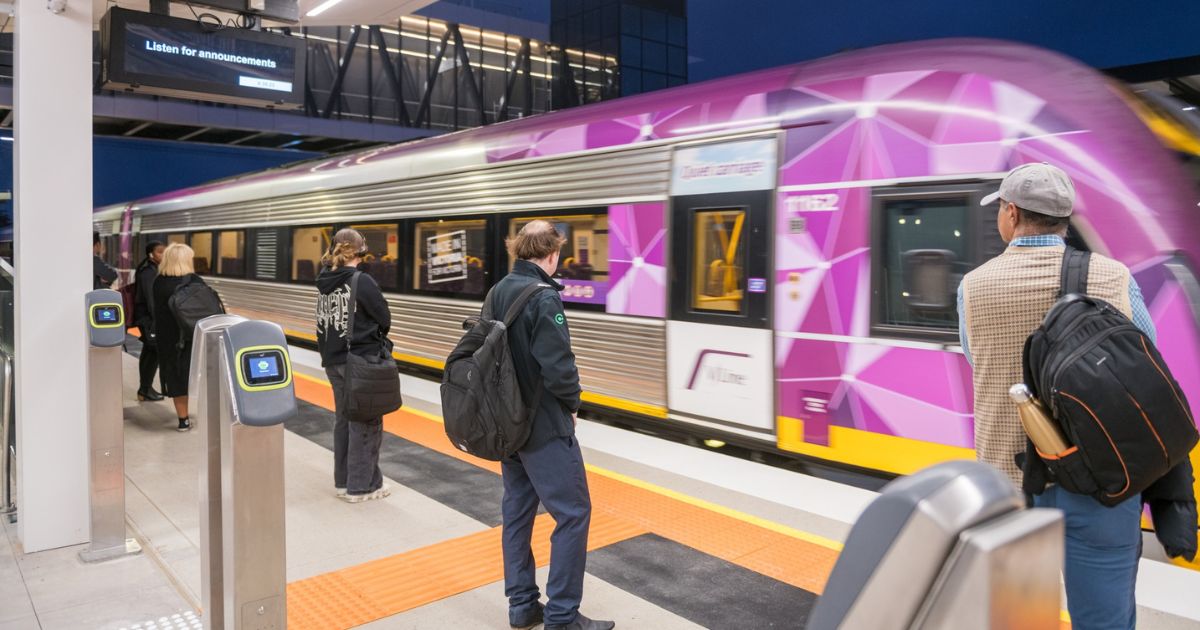Break-up plan: Bellarine communities outline plans for standalone council

A plan to create a standalone Bellarine council has support from Portarlington residents, according to the town's community association president.
BELLARINE community groups are canvassing their members about an idea to break away from the City of Greater Geelong and form a new municipality.
The Combined Bellarine Community Association (CBCA) has circulated a discussion paper about the separation, which has been proposed in response to concerns around inequitable funding distribution, contentious community consultation and “rising levels of dissatisfaction” among residents.
Associations will quiz their members about their appetite for their own local government, and report results to the next CBCA meeting in early April.
If the proposal finds support, CBCA would investigate funding a feasibility study into the concept.
Portarlington Community Association tabled the idea at its most recent meeting this month.
President Geoff Fary said the group was yet to form an official view, but early feedback was in support of the plan.
“Some of the longer-term residents have got fond and clear memories of what it was like when we had the Rural City of Bellarine,” he said.
“They say it was far more responsive, far more flexible and far more nimble than dealing with town hall bureaucracy in Geelong.
“There were people on the ground, in the community that you could go and talk to.”
The discussion paper claims agitation about consultation over key projects such as Drysdale’s North Bellarine Aquatic Centre and sporting precinct and Portarlington Recreation Reserve have amplified community calls to consider separation.
The city declined to comment directly on the proposal’s merits but said the Victorian government would have the final say on any change to local government boundaries.
“Local government boundaries are decided by the state government and any change would need to follow a statutory process,” chief executive officer Martin Cutter said.
“The city works hard to invest in services and facilities, and to engage with local communities, across the Greater Geelong region.”
The city also pointed to $35 million in its 2021-22 budget for planned infrastructure spending in the Bellarine Ward.
The CBCA proposes a range of options for its new municipality, led by a proposal to split at the border now defined by the Bellarine Ward.
Other suggestions include exploring mergers with the Borough of Queenscliffe and Surf Coast Shire, and a north Bellarine option taking in communities around Drysdale, Portarlington and St Leonards.
However, the borough has rebuffed a merger. “We know our residents value heritage and independence, and it remains a priority for council,” a spokesperson said.
“Accordingly, council does not support the amalgamation of the borough into another council area.”
The paper suggests an annual budget of just over $100 million for a Bellarine council, using similar rating strategies to what residents have under the city, to service about 55,000 people.
Population estimates since the 2016 census indicate the region’s population is likely more than 60,000.
For comparison, the Surf Coast Shire had a $95 million budget this financial year for its estimated 35,000 residents.
A de-amalgamation would return the peninsula to a governance structure akin to before the statewide mergers of the mid-1990s, which slashed the number of local governments from 210 to 78.
The Rural City of Bellarine was an independent council for 140 years until the formation of the city in 1993, incorporating Newcomb, Whittington and west of the Barwon River to the Bellarine coast.

















